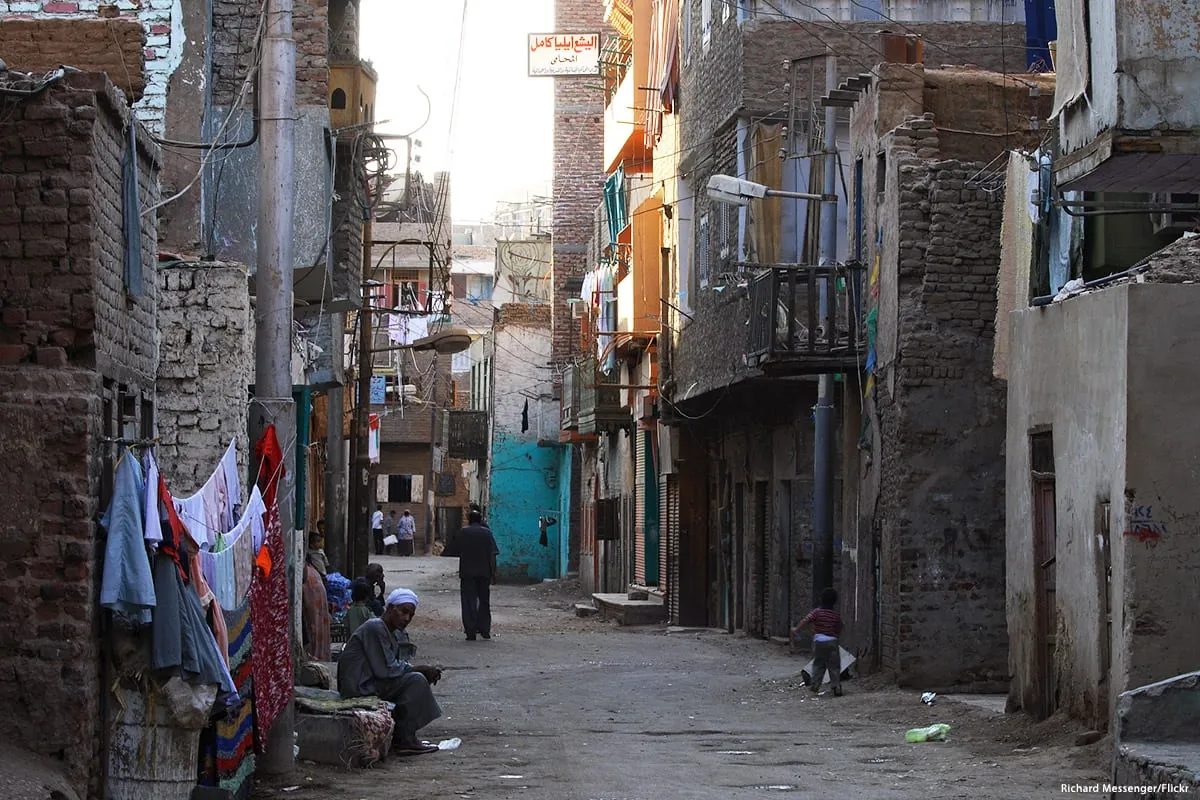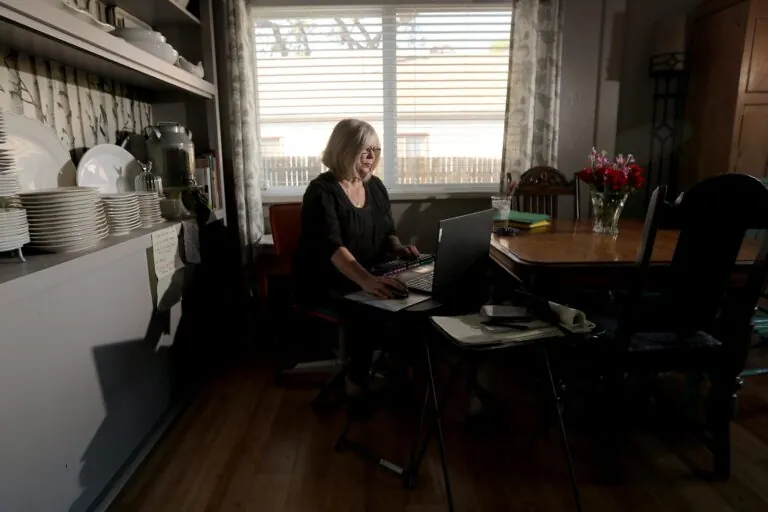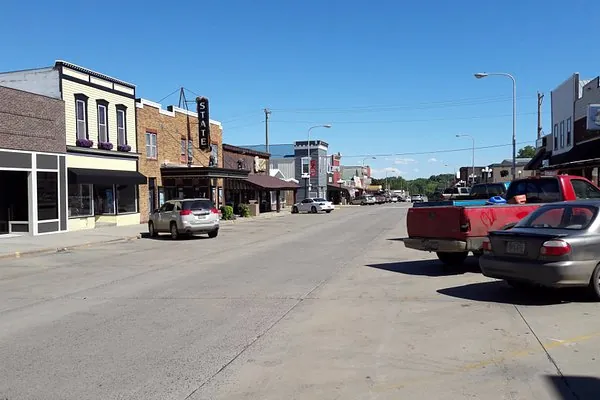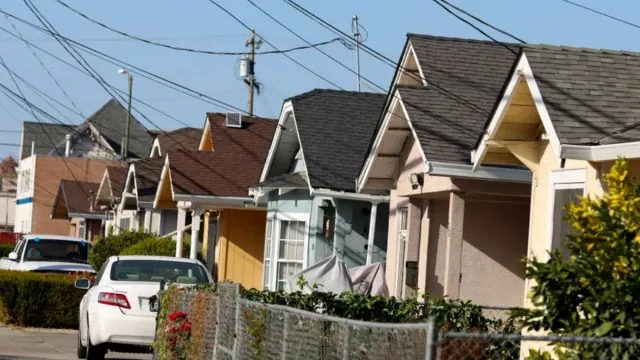This Town Has Been Named the Poorest in Illinois
Cairo, a small town located in the southernmost part of Illinois, has recently earned the dubious distinction of being the poorest town in the state. According to data from the US Census Bureau, Cairo has a poverty rate of 37.9%. This rate is significantly higher than the state average, reflecting the town’s long-standing struggles with economic hardship. In this article, we’ll delve into the factors contributing to Cairo’s poverty, the historical context, and the ongoing efforts to address this pressing issue.
Factors Contributing to Cairo’s Poverty
- The Decline of Manufacturing JobsCairo was once a thriving manufacturing center, providing employment opportunities and economic stability to its residents. However, over the past few decades, the town has seen a significant decline in manufacturing jobs. This decline can be attributed to factors like globalization and automation, which have led to a loss of local jobs. As a result, there has been a decrease in the town’s tax revenue and a rise in unemployment, contributing to its high poverty rate.
- The Loss of PopulationAnother significant challenge facing Cairo is its dwindling population. In 1950, the town boasted a population of over 11,000 people. Today, it is home to less than 5,000 residents. The loss of population has created a multitude of issues for the town, including a reduced tax base and a shortage of available workers. This decline in population makes it even more challenging for Cairo to provide essential services to its residents.
- The Lack of Access to Quality Education and HealthcareEducation and healthcare are essential components of a prosperous and healthy community. Unfortunately, Cairo struggles with both. The town’s schools are underfunded, and its healthcare facilities are outdated and understaffed. This lack of access to quality education and healthcare services makes it difficult for residents to improve their economic prospects and overall well-being.
- The Legacy of SegregationCairo has a long history of racial segregation, which has created significant barriers to opportunity for its black residents, who make up the majority of the town’s population. The effects of this historical segregation continue to impact the community’s socio-economic landscape, making it even more challenging to address poverty and inequality.
Efforts to Revitalize Cairo
While Cairo faces daunting challenges, it is not without hope. Over the past few years, there have been concerted efforts to revitalize the town and reduce poverty. These initiatives encompass various aspects of community development:
- Investing in Education and Job TrainingTo address the lack of access to quality education, Cairo must invest in its schools and job training programs. By providing residents with the skills they need to succeed in the workforce, the town can create a more qualified and competitive workforce that attracts businesses.
- Supporting Small BusinessesSmall businesses are often the backbone of a community’s economy. In Cairo, supporting the development of small businesses can play a vital role in creating jobs and rejuvenating the local economy. This support may come in the form of grants, loans, or business development programs.
- Improving InfrastructureA well-functioning infrastructure is crucial for attracting new businesses and improving the overall quality of life for residents. Investments in roads, bridges, and sewer systems can make it easier for businesses to operate and help residents get around more efficiently.
- Providing Affordable HousingAffordable housing is a critical component of any community’s efforts to combat poverty. By ensuring that residents can afford to live in Cairo, the town can provide a stable and secure living environment for its citizens.
The Path to a More Prosperous Cairo
Addressing Cairo’s poverty rate is no small task and requires a long-term commitment from multiple stakeholders, including the government, the business community, and residents. To create a more prosperous future for Cairo, a multi-pronged approach is essential. It will take collective efforts, investment, and a commitment to tackling the root causes of poverty, including the decline of manufacturing jobs, population loss, lack of access to education and healthcare, and historical segregation.
While the road ahead may be challenging, Cairo has a rich history and a resilient community. By working together, implementing sustainable initiatives, and fostering a sense of pride and determination, Cairo can rise above its current economic hardships and build a brighter future for its residents. The title of the “poorest town in Illinois” does not need to be a permanent label; it can be a catalyst for positive change and renewed hope for the people of Cairo.
Read More:







